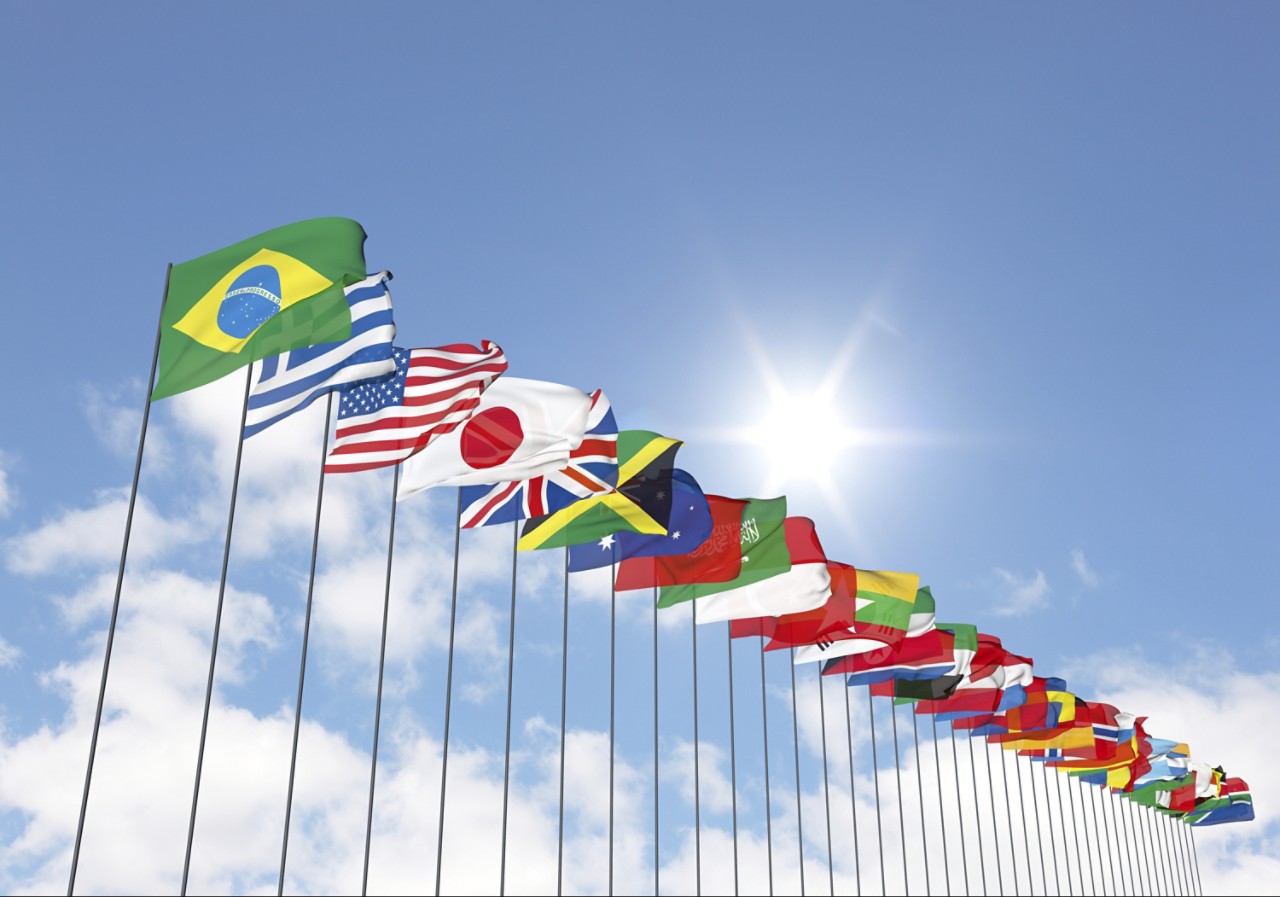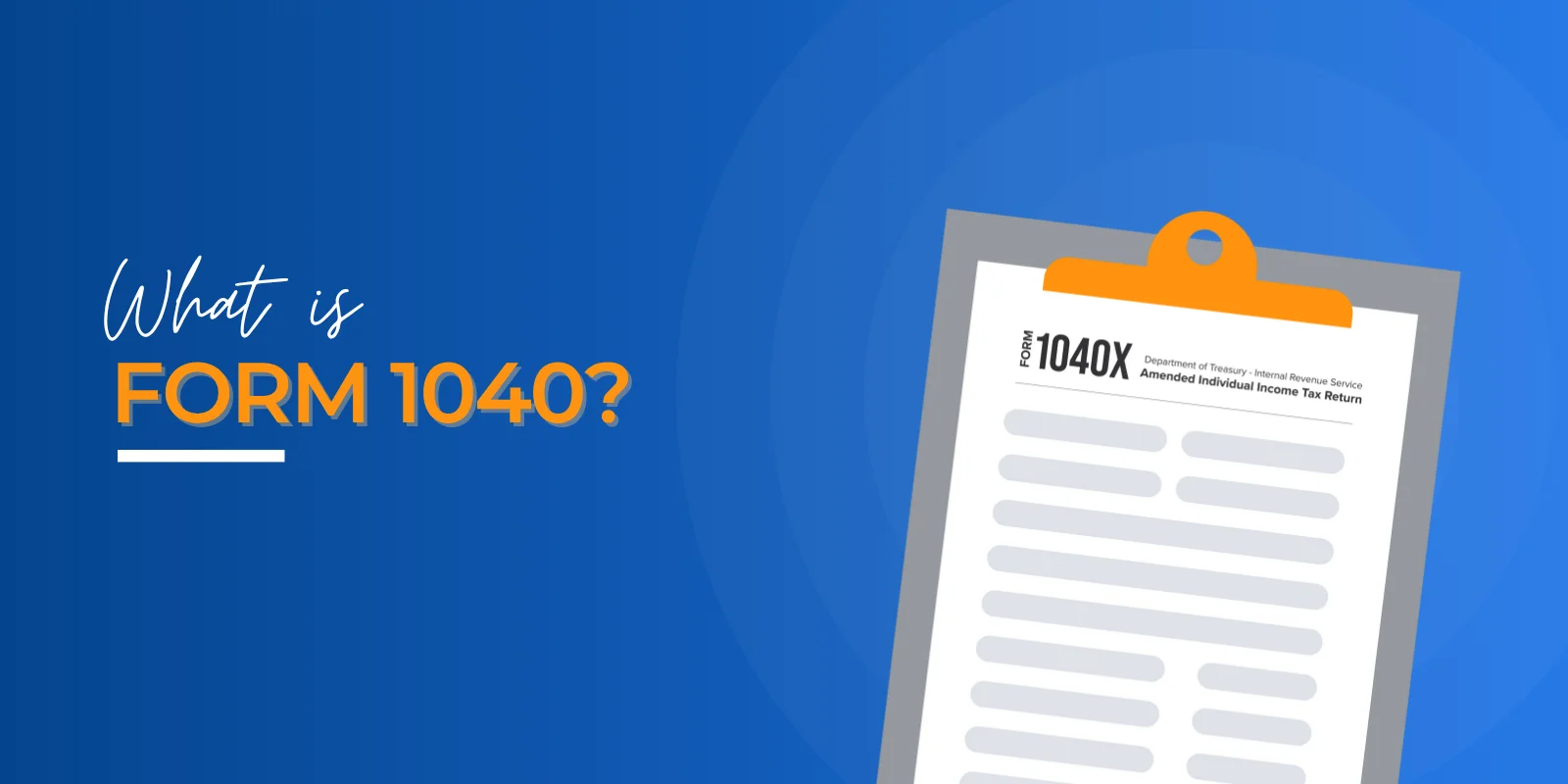Recent tariff developments between the U.S. and China, India, the EU, Canada, Mexico, Japan, and Brazil.
Highlights
Mexico and China are on a 90-day tariff hike pause until October 29 and November 10, respectively.
India and Brazil have a 50% tariff effective on most of their imports.
The European Union and Japan have both reached agreements with the U.S. to lower tariffs and invest in U.S. industries.
Over the past several months, President Trump has escalated his tariff strategy, imposing revised tariffs to counter what he deems unfair foreign trade barriers. This aggressive push has affected a broad range of countries, prompting last-minute trade deals, retaliatory measures, and diplomatic negotiations to stave off trade wars. Key U.S. allies and major trading partners – including China, the European Union (EU), Canada, Mexico, Japan, South Korea, India, and Brazil – have all seen significant tariff developments.
In several cases, Trump set steep tariff hikes with tight deadlines, pressuring counterparts into concessions or interim agreements. While some countries reached compromise deals (often settling around a 15%-20% U.S. tariff in exchange for market access or investment commitments), others faced punitive tariffs when talks faltered.
Affected nations have responded with a mix of retaliation threats, legal challenges, and appeals for negotiation, reflecting a tense and fragmented global trade environment. Below, we outline the major tariff announcements and developments by country/region over the past month, including reciprocal tariffs and related trade actions.
Jump to ↓
China
India
European Union
Canada
Mexico
Japan
Brazil
Summary table of recent tariff developments
How trade professionals can keep up with global tariff changes
China
An impending deadline for massive U.S. tariff increases on Chinese goods was deferred a second time on August 12, 2025. Washington and Beijing agreed to extend their tariff truce by 90 days, postponing a planned jump in U.S. IEEPA tariffs from 30% to a staggering 145% on Chinese imports. President Trump signed an order suspending the hike until November 10, keeping existing 30% tariffs in place and averting an immediate blow to trade ahead of the holiday season.
In return, China’s Commerce Ministry issued a parallel 90-day pause on extra tariffs. U.S. officials conceded that such triple-digit tariffs would be economically unsustainable and welcomed more time for negotiations on longstanding issues like market reciprocity and export controls.
India
U.S.-India trade relations deteriorated sharply in the past month as the two countries failed to reach an understanding. On July 30, 2025, President Trump announced the United States would impose a 25% tariff on Indian imports effective August 1. On August 6, Trump ordered an additional 25% tariff effective August 27, raising some duties to 50% — among the highest levied on a U.S. trading partner. U.S. officials cited India’s continued imports of Russian oil for the secondary tariff application.
In response, India announced tax cuts on September 3 on many consumer items to spur domestic demand. India is also looking to boost pharmaceutical exports to markets in Russia, the Netherlands, Brazil, and others to offset tariff impacts in the pharmaceutical industry.
European Union
On July 27, 2025, just days before a tariff hike deadline, Trump and European Commission President Ursula von der Leyen reached a pivotal U.S.-EU framework agreement in Scotland that averted the tariff war. Under this deal, the U.S. will impose a 15% tariff on most EU goods – half the original rate. In exchange, the EU agreed to significant concessions, including roughly $600 billion of new investments in the United States, with major purchases of American energy (LNG), AI chips, and military/defense equipment.
This compromise prevented an EU plan to retaliate on $109 billion worth of U.S. exports, which was ready to go if the 30% tariff had taken effect. Trump hailed the pact as a huge win, noting it even exceeded the scale of a recent trade deal with Japan. However, Trump reiterated that he will impose a 35% tariff on EU products if the EU does not follow through with the $600 billion investment. European leaders, while relieved to avoid a trade war, noted they had aimed for zero tariffs — settling at 15% provides stability but not the free trade they preferred. The EU has also said that any decision on the U.S. investment deal would be made by the EU private sector.
Notably, high U.S. metal tariffs remain in place: Trump’s 50% tariffs on EU steel and aluminum imports were not lifted by this accord. However, both sides did agree to eliminate tariffs in select sectors (for example, aircraft parts, chemicals and some pharmaceuticals) to mutual benefit.
Canada
On July 10, 2025, Trump announced a 35% tariff on Canadian imports (up from an existing 25%), to take effect August 1. This marked a significant escalation in the trade confrontation with Canada. Notably, certain categories were exempted – goods that qualify for the USMCA free trade agreement would not face the new tariffs. President Trump justified the hike by citing U.S. concerns over fentanyl smuggling from Canada and other Canadian trade practices deemed unfair.
In response, Canadian Prime Minister Mark Carney condemned the tariffs and emphasized efforts to protect Canada’s interests. Carney noted Canada is working closely with the U.S. to counter the fentanyl crisis, pushing back on the linkage of drug issues to trade.
The tariff announcement set off urgent negotiations – Canada had been hoping to finalize a new economic and security deal with Washington by July 21 to head off the tariffs. While no full agreement was reached by the deadline, talks are continuing. For now, the 35% tariff is in force, while Canada is removing their retaliatory tariffs on USMCA goods effective September 1, 2025.
Mexico
Similarly to China, just hours before a 30% tariff rate hit non-USMCA Mexican imports on August 1, President Trump granted Mexico a 90-day reprieve. The White House cited ongoing trade talks and Mexico’s cooperative steps as justification for the postponement.
However, it’s not a complete win for Mexico: several U.S. tariffs remain in place despite the truce, such as the hefty 50% tariffs on Mexican steel, aluminum, and copper, as well as a 25% tariff on autos and certain other goods that don’t meet USMCA free-trade rules.
Japan
Japan successfully navigated Trump’s tariff gauntlet in recent weeks by reaching a last-minute accord with Washington. Earlier, the White House had floated imposing a 25% tariff on Japanese goods if a new trade deal wasn’t secured by a summer deadline. This threat put pressure on Tokyo, given Japan’s heavy reliance on the U.S. market for its automobiles and electronics. Intensive talks culminated in a U.S.-Japan framework agreement announced on July 22, 2025. The deal sets a 15% U.S. tariff on most imports from Japan, retroactively effective August 7.
Additionally, Japan committed to a major $550 billion investment package in the United States as part of the agreement. Tokyo also agreed to expand market access for American exporters – for instance, Japan will import more rice and agricultural products under the deal. This was a key demand of the Trump administration in seeking to rebalance bilateral trade.
Still, some trade issues remain unresolved. Japanese steel and aluminum exports were excluded from the deal’s concessions – they continue to face a steep 50% U.S. tariff, similar to other countries.
Brazil
Brazil has been swept into the tariff crossfire as well, suffering one of the most severe tariff hikes ordered by President Trump in recent weeks. On July 30, 2025, Trump announced an additional 40% tariff on most imports from Brazil (now totaling 50%), a dramatic increase from the 10% baseline tariff the U.S. had placed on Brazil earlier in the year.
This five-fold jump in tariffs – which took effect August 6 – was ostensibly spurred by a diplomatic dispute between Trump and President Luiz Inacio Lula da Silva. Trump cited dissatisfaction with the Brazilian government’s treatment of former President Jair Bolsonaro (an ally of Trump) and accused Brazil of undermining democratic norms in prosecuting Bolsonaro for contesting the 2023 election.
In effect, the U.S. used trade as leverage in a political rift: Trump justified the tariffs by claiming Brazil was mistreating Bolsonaro and imposing “unfair” trade practices, even ordering a probe into Brazil’s digital trade restrictions and other policies.
In response, Brazil’s government unveiled an aid package for Brazilian companies hurt by U.S. tariffs. The main part of the aid plan is a $5.55 billion credit line from the existing Export Guarantee Fund (FGE). Whether Washington will ease the 50% tariff in exchange for concessions – or if Brazil will later retaliate – remains to be seen.
Summary table of recent tariff developments
Country/Region
Date (2025)
Type of Tariff Action
Brief Description
China
Aug 12, 2025
Tariff truce extended
90-day extension of U.S.-China tariff truce (avoids hike from 30% to 145%)
India
August 27, 2025
Tariff increase to 50%
U.S. imposes an additional 25% tariff on most Indian imports (now totaling 50%)
European Union
Jul 27, 2025
Trade deal
U.S.-EU deal averts 30% tariff; imposes 15% on most EU goods + EU $600B U.S. investment
Canada
Jul 10, 2025
Tariff increase to 35%
U.S. raises tariff on Canadian imports from 25% to 35% (some USMCA goods exempt)
Mexico
Jul 31, 2025
Tariff truce extended
U.S. grants Mexico 90-day reprieve on planned 30% tariff amid ongoing talks
Japan
July 22, 2025
Trade deal (15% Tariff)
U.S.-Japan trade agreement: 15% tariff (down from 25% threat) + ~$550B Japanese investment
Brazil
Jul 9, 2025
Tariff increase to 50%
U.S. imposes 50% tariff on Brazilian imports (up from 10%), amid political dispute with Brazil
How trade professionals can keep up with global tariff changes
In today’s rapidly evolving trade landscape, staying ahead of global tariff revisions has become one of the most pressing challenges for trade professionals. As tariff rates continue to phase in and bilateral agreements reshape international diplomacy, with some countries securing reduced rates while others face increases up to 50%, trade professionals must embrace a multi-faceted approach to monitoring.
Real-time tracking tools, comprehensive trade databases, and specialized tariff monitoring platforms have become essential tools in the modern trade professional’s arsenal, enabling teams to not only react to changes but anticipate them. The key is treating tariff monitoring like checking the weather—make it part of your daily routine, join trade associations, build relationships with customs brokers and trade attorneys who can provide insider insights, and always have contingency plans ready – because in this environment, the only constant is change itself.




























